Creating Alongside the Shadow Self
How embracing your ugly side can lead to finding your creative voice
Picture this: a person is so convinced that losing their shadow would make them happy, they spend their whole life running from it. But no matter how fast or far they run, that shadow sticks around like it’s glued to their heels. Eventually, they run themselves ragged and just can’t go anymore.
What if there’s a better way?
Imagine if instead of running, they just stopped, found a nice tree, and chilled out in its shade for a while. They might see that their shadow isn’t something scary to outrun, but a part of who they are—something to sit down with, not sprint away from.
We’ve all got our own shadows, those parts of us that we might not be super proud of—our fears, our doubts, and the bits of us that make us feel a little insecure. Like the person in our story, we might think we need to keep these parts hidden to be happy or to let our creativity flow.
But what if we flip the script? What if we stop seeing these shadows as the bad guys and start seeing them as parts of our creative selves? Think about it—shadows give paintings depth, and our personal shadows can add layers to our creativity too.
Creating alongside my shadow has been one of the most rewarding experiences of my life.
We often think our shadow selves, steeped in shame, should be concealed. Yet, embracing this aspect of ourselves creatively is a powerful path to healing and a profound way to not only find your creative voice, but thrive alongside your shadow.
When we bring our shadow into our creative work, something special happens. The work gets more detailed because it’s built on a certain type of tension. This kind of tension is important because it makes the art resonate more with others. Perhaps without even knowing it, the person coming into contact with this art, can recognize their own shadow in the work.
Turning your shadow into a character in your art also lets people see a bit of themselves.
Bringing your shadow into your art also helps you see it as less threatening. When you name it, the shame around it starts to fade.
This approach works with any type of creative expression, whether it's oil painting, composing a song, or any other art form. Recognizing and incorporating your shadow can help free you from its hold.
Incorporating the shadow into a practice of creative spirituality can be transformative, helping guide us toward peace—a goal that, surprisingly, our shadow shares as well.
